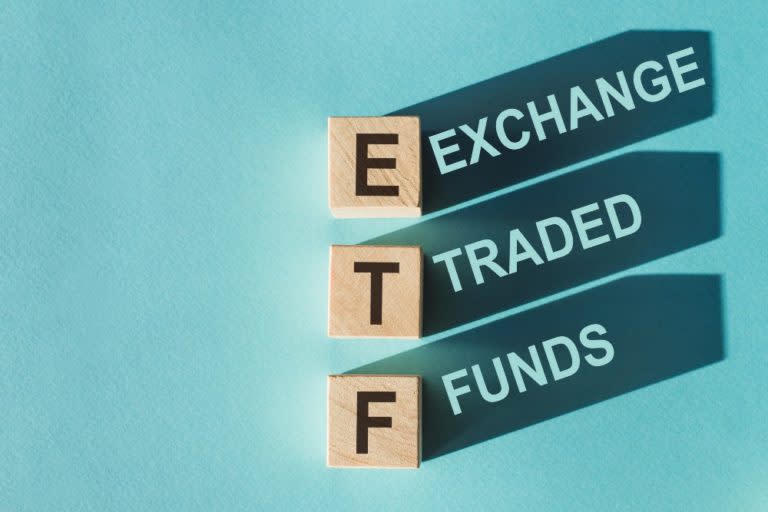What’s the Best Way to Invest in Stocks Without Any Experience? Start With This Index Fund

Written by Kay Ng at The Motley Fool Canada
It can be intimidating for anyone who is just starting investing. However, it doesn’t have to be that way. One of the best investors of our time, Warren Buffett, suggests a simple way for anyone to get started –investing in market-wide index funds, which provide diversification for your portfolio.
Studies also show that most fund managers underperform the market, which makes it all the more reason to consider investing in market-wide index funds. Beginners can simply dollar-cost average into the funds by investing, say, $200 every month. You’d be buying more units when the market is down and a lower number of units when the market is up.
Index funds are also characterized by low management expense ratios (MER), which make them a low-cost way for investors to invest for the long term. By investing in index funds, you don’t have to guess which sectors are going to outperform because you would have exposure to all sectors.
And history shows that the stock market rises in the long run. So, you should become wealthier in the long run. This also means that you should only be investing money you don’t need for a long time in the stock market. “A long time” as in a minimum investment horizon of three to five years.
A Canadian stock market index fund
There are 11 stock market sectors. For example, a Canadian stock market index fund is the iShares S&P/TSX 60 Index ETF (TSX:XIU). It has an MER of 0.18%, a net asset value of about $12 billion, and offers a distribution yield of about 3.1%. That said, it is heavily weighted in the financials sector, which makes up more than 34% of the fund. This is not surprising as three of the Big Five Canadian banks are among its top eight holdings.
Following the financials sector is the energy sector, which makes up close to 18% of the fund. Among its top five holdings are the massive North American energy infrastructure company, Enbridge, and large oil and gas producer, Canadian Natural Resources.
The third-largest sector is industrials, making up almost 13% of the fund. The fourth-largest is materials, making up 10%. Then, information technology makes up 9%. The rest – consumer staples, consumer discretionary, communication, utilities, and real estate make up less than 5%.
Here’s a U.S. stock market fund
The SPDR S&P 500 ETF Trust (NYSEMKT:SPY) exchange traded fund (ETF) provides exposure to the U.S. stock market. The ETF has an expense ratio of 0.09% and net assets of about US$541 billion, and offers a distribution yield of about 1.3%. The fund is more concentrated in the technology sector, having a third of the fund in the sector.
Following the technology sector is the financials and healthcare sectors, which each make up approximately 12% of the fund. The consumer discretionary sector makes up 10%. The communication services sector makes up 9%. Industrials make up over 7%. Consumer staples make up about 6%. Finally, the energy sector makes up more than 3% with about 2% of the fund each in utilities, real estate, and basic materials.
XIU and SPY 5-year Total Return Level data by YCharts
Over the last 1, 3, 5, and 10 years, SPY has outperformed the XIU. So, it might be a better idea for beginner investors to dollar-cost average into SPY for the long haul to build wealth.
The post What’s the Best Way to Invest in Stocks Without Any Experience? Start With This Index Fund appeared first on The Motley Fool Canada.
Should you invest $1,000 in Spdr S&p 500 Etf Trust right now?
Before you buy stock in Spdr S&p 500 Etf Trust, consider this:
The Motley Fool Stock Advisor Canada analyst team just identified what they believe are the 10 best stocks for investors to buy now… and Spdr S&p 500 Etf Trust wasn’t one of them. The 10 stocks that made the cut could potentially produce monster returns in the coming years.
Consider MercadoLibre, which we first recommended on January 8, 2014 ... if you invested $1,000 in the “eBay of Latin America” at the time of our recommendation, you’d have $16,110.59!*
Stock Advisor Canada provides investors with an easy-to-follow blueprint for success, including guidance on building a portfolio, regular updates from analysts, and two new stock picks each month – one from Canada and one from the U.S. The Stock Advisor Canada service has outperformed the return of S&P/TSX Composite Index by 29 percentage points since 2013*.
See the 10 stocks * Returns as of 6/20/24
More reading
Fool contributor Kay Ng has no position in any of the stocks mentioned. The Motley Fool recommends Canadian Natural Resources and Enbridge. The Motley Fool has a disclosure policy.
2024

 Yahoo Finance
Yahoo Finance 
